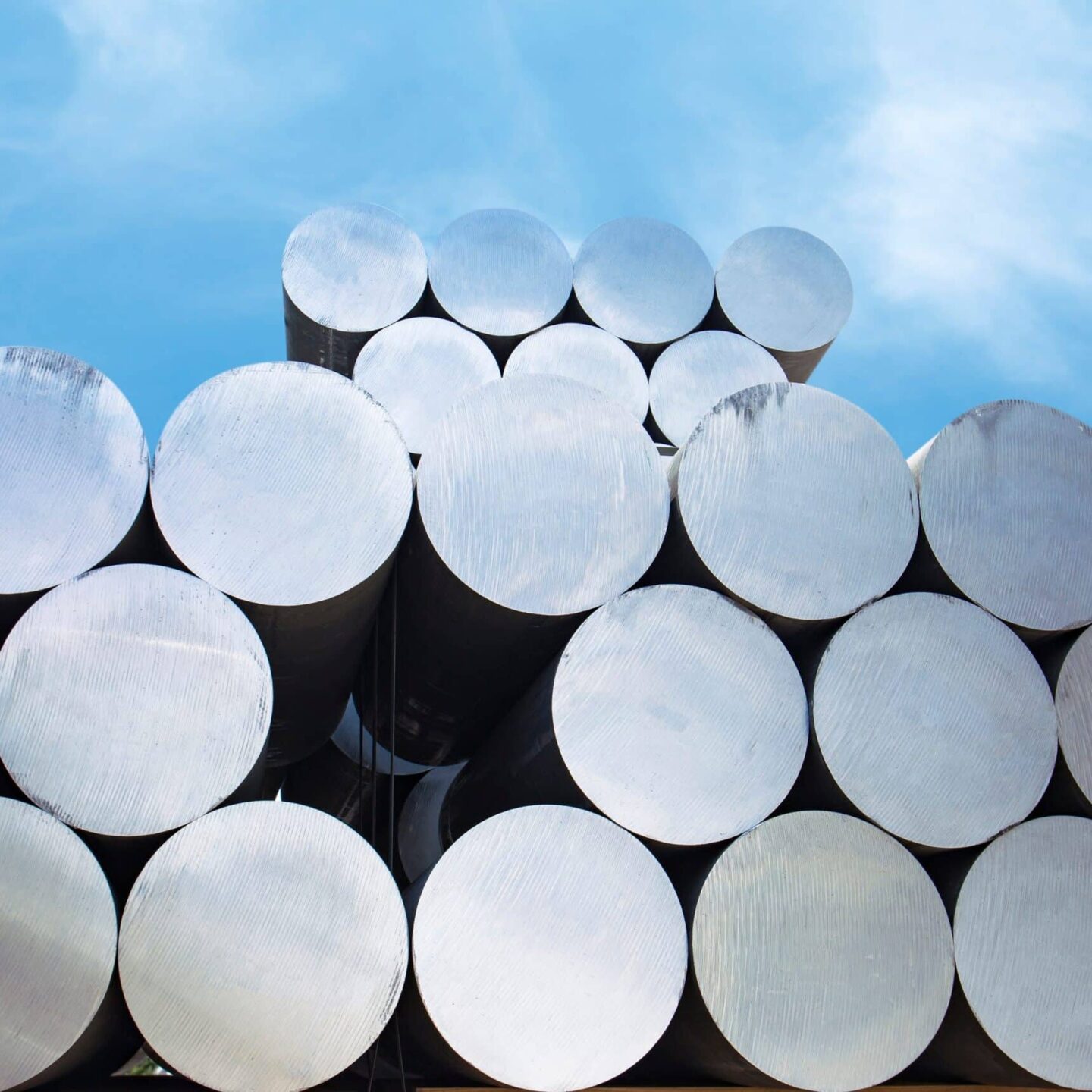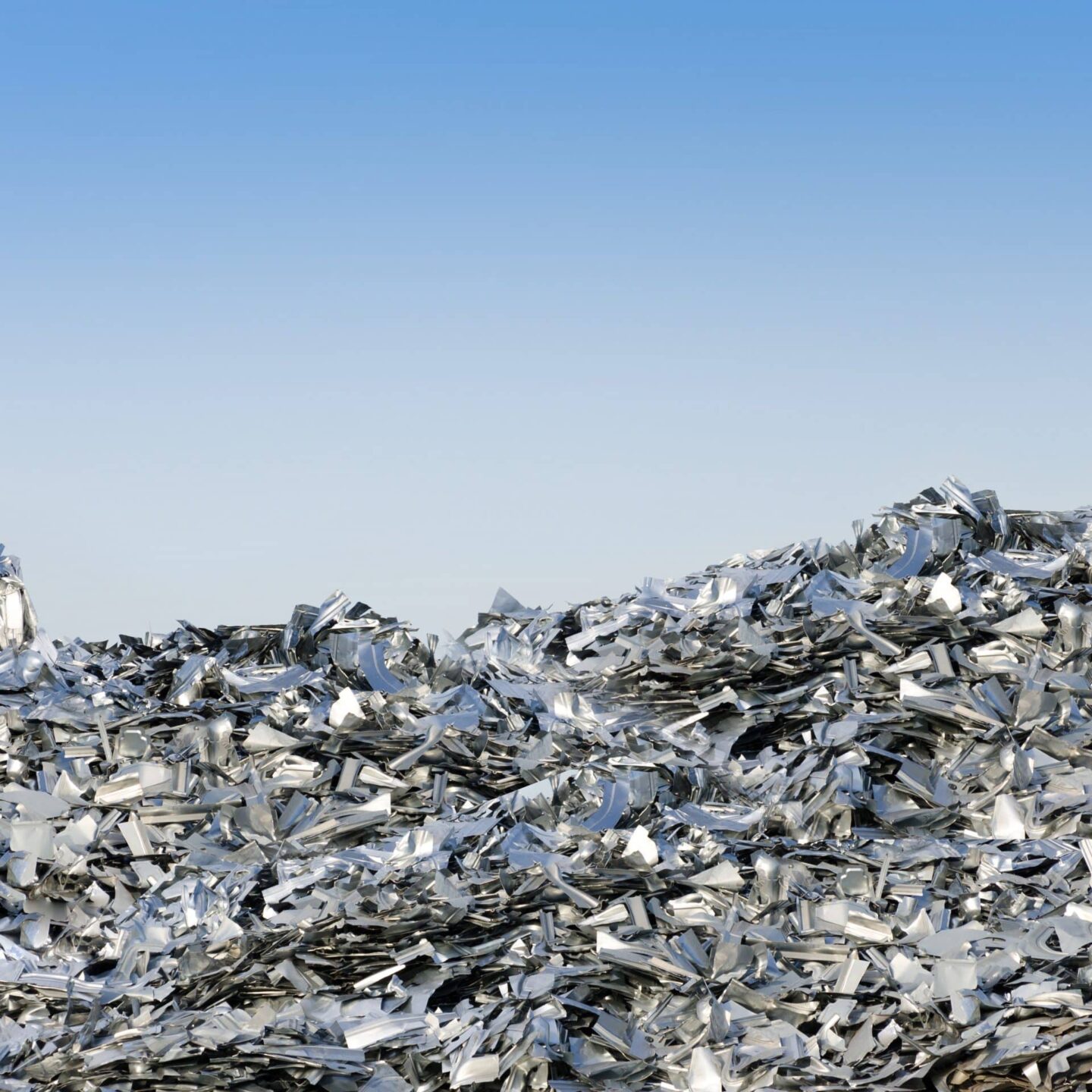Due to change of background data, as well as calculation methodology, the datasets for 2005-2018 are NOT COMPARABLE to the datasets for 2019-2021.
Calculation of GHG emissions replies on the regularly collected life cycle inventory (LCI) from global aluminium industry by the International Aluminium Institute (IAI). Published LCIs is from reporting years 2005, 2010, 2015 and 2019. For the years with no LCI publication, data from the previous LCI report is used, updated with annually collected energy data for smelting (intensity and source) and refining (intensity and source) as well as perfluorocarbon (PFC) emissions data. These three datasets collectively constitute over 80% of total global aluminium sector emissions.
The 2019 LCI is processed by Gabi-Software (v10, 2022). Additional updates compare to 2015 (used for 2015-2018 datasets) calculation include:
- Electricity transmission losses is added by utilising International Energy Agency (IEA) data
- Gabi model correction: 1) gross anode consumption replaces net anode consumption; 2) calcined petroleum coke replaces petroleum coke in anode production
- Low voltage PFC emissions is added by following the 2019 Refinement to the 2006 IPCC Guidelines for National Greenhouse Gas Inventories
The 2015 LCI report was used for the 2015 numbers and is using GaBi-Software (v8, 2018). Please note, that the dataset for alumina refining reflects a change in modelling assumptions for the process.
For 2005 and 2010, the direct and electricity-related indirect emissions of reporting production were calculated, using GHG Protocol tools. These two datasets are used as reference to calculate the global average carbon footprint of one tonne of cast primary aluminium.
To convert electricity data (kWh/tonne) for smelting to tonnes of CO2e, national/regional electricity emission factors published by the International Energy Agency (IEA) and Gabi Database are applied to the appropriate regional electricity mix. The emissions factors include CO2, CH4 and N2O. Upstream emissions are calculated based on UK data.
To convert the energy data (MJ/tonne) for refining to CO2e emissions, global fuel emission factors published in the Gabi Database are used.
Historical primary production is based on IAI statistics. Primary aluminium is defined in the IAI production statistics as liquid aluminium tapped from electrolytic cells or pots during the electrolytic reduction of metallurgical alumina (aluminium oxide). It thus excludes alloying and scraps additions in cast metal production. While this data does not fully represent a primary ingot (i.e., excluding alloying elements and metal losses), it is a proxy for primary aluminium ingot production.





